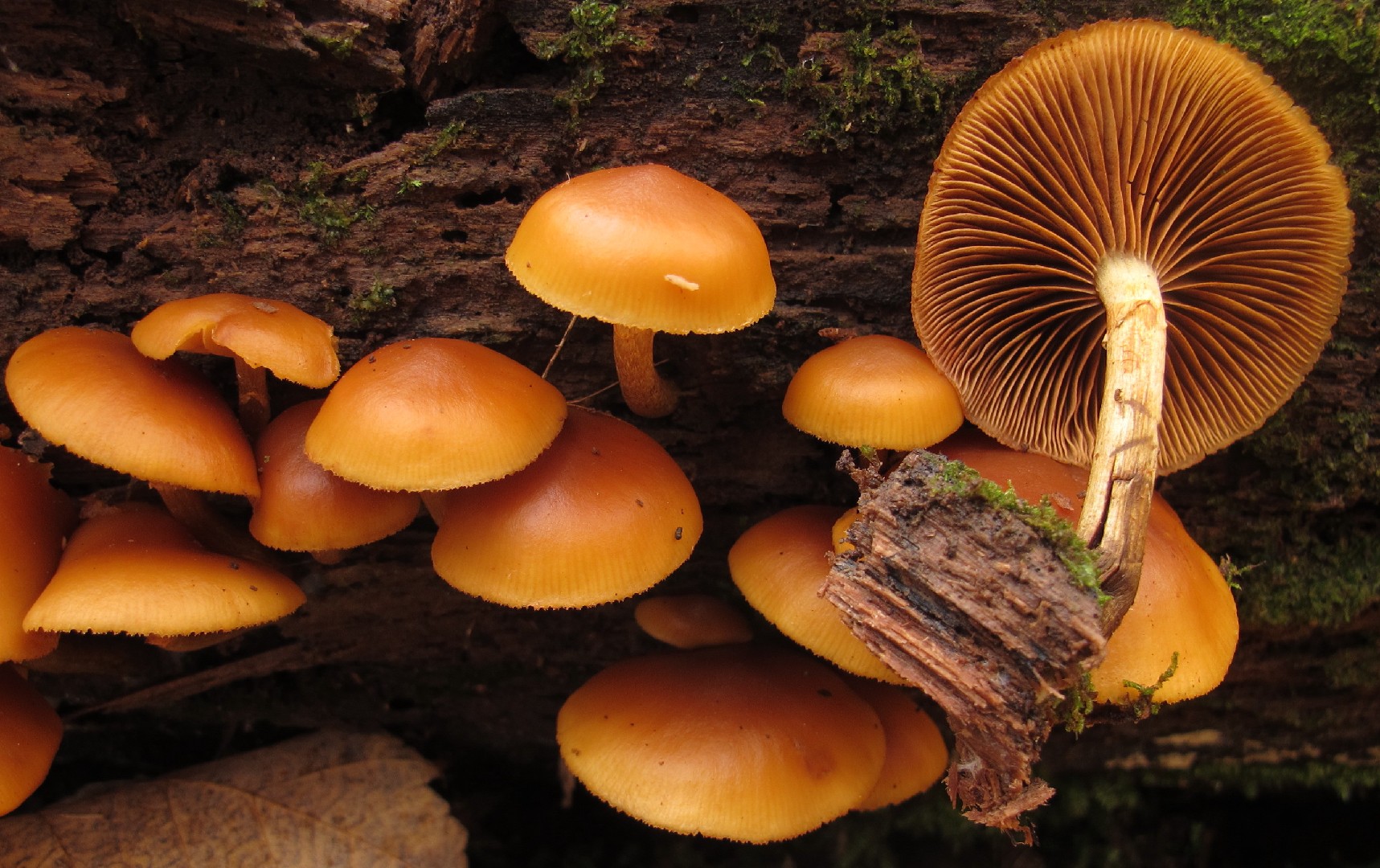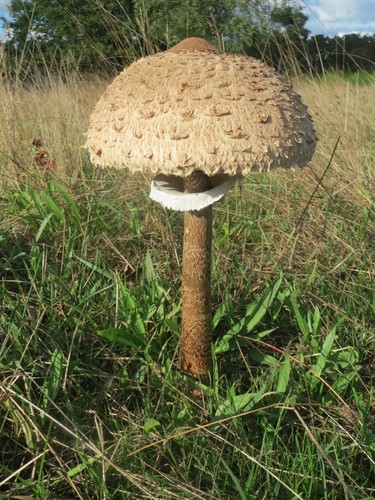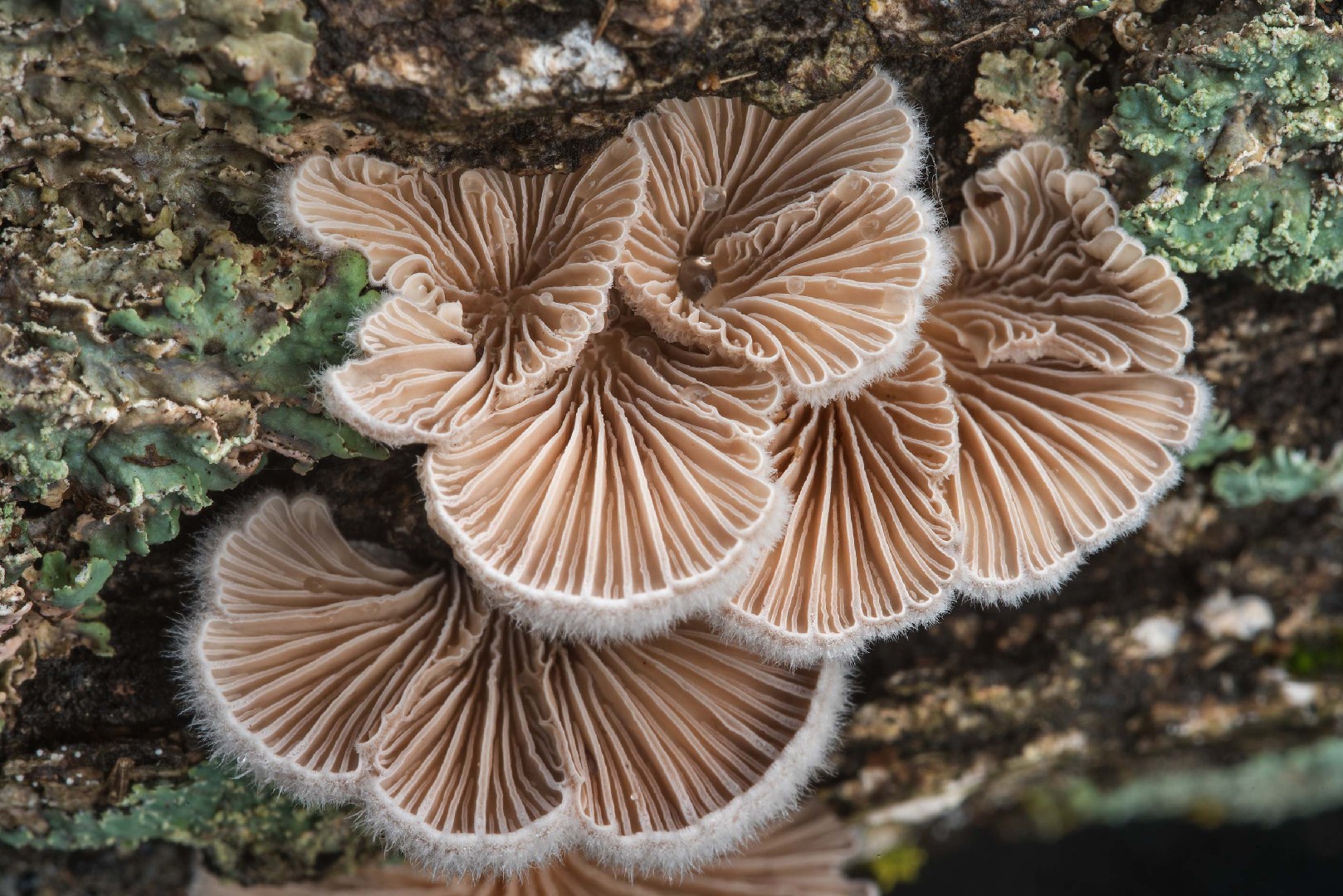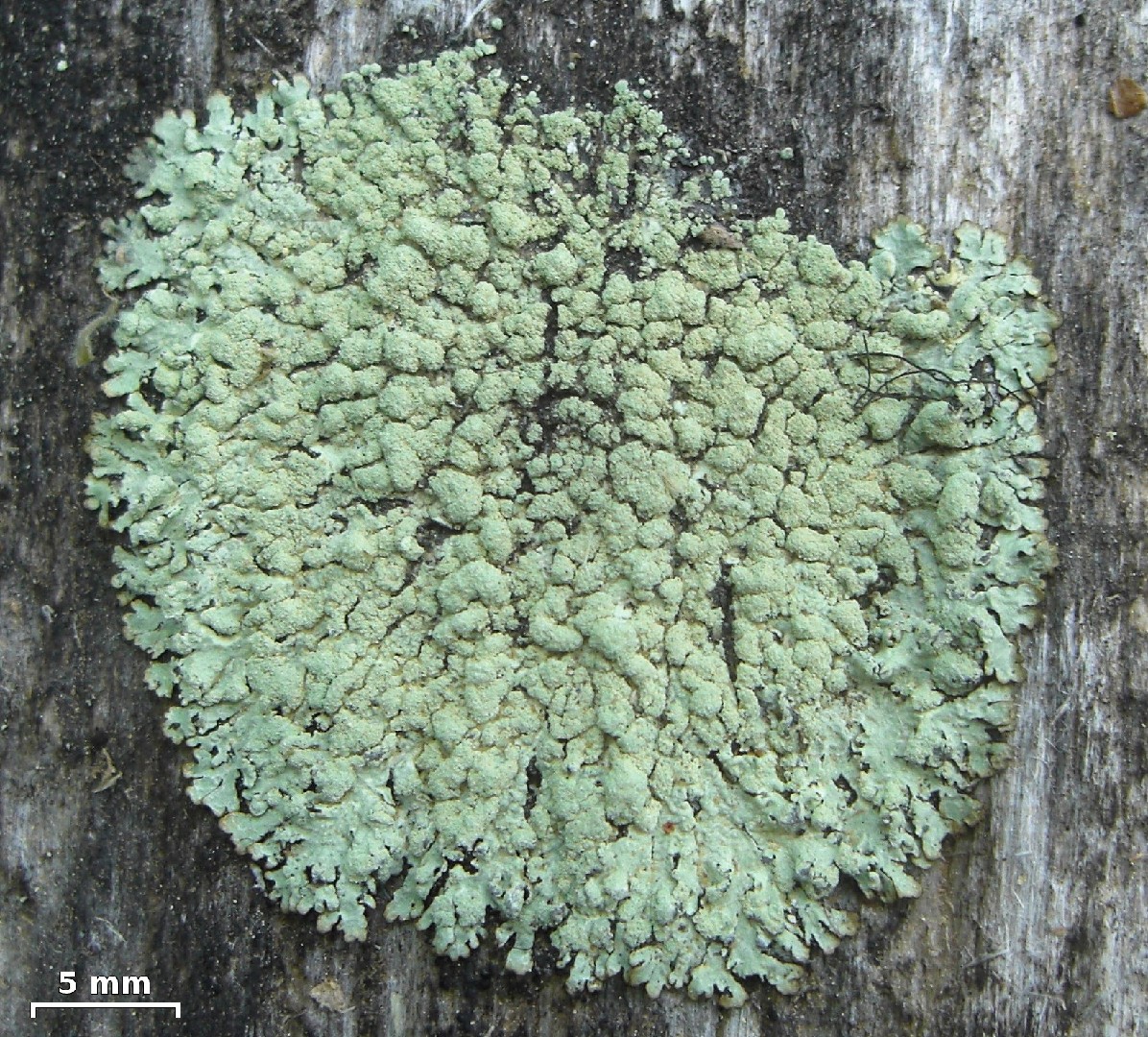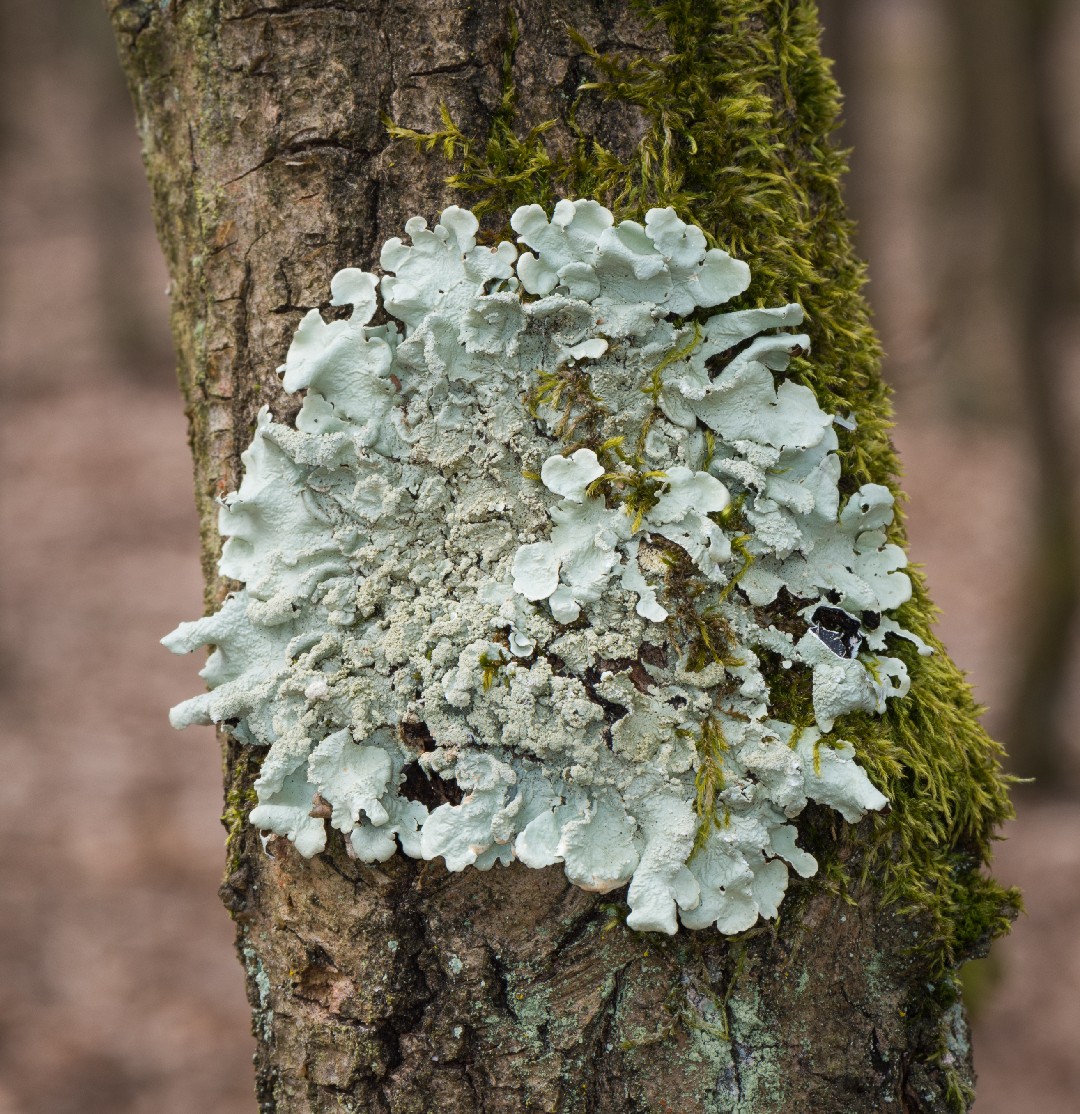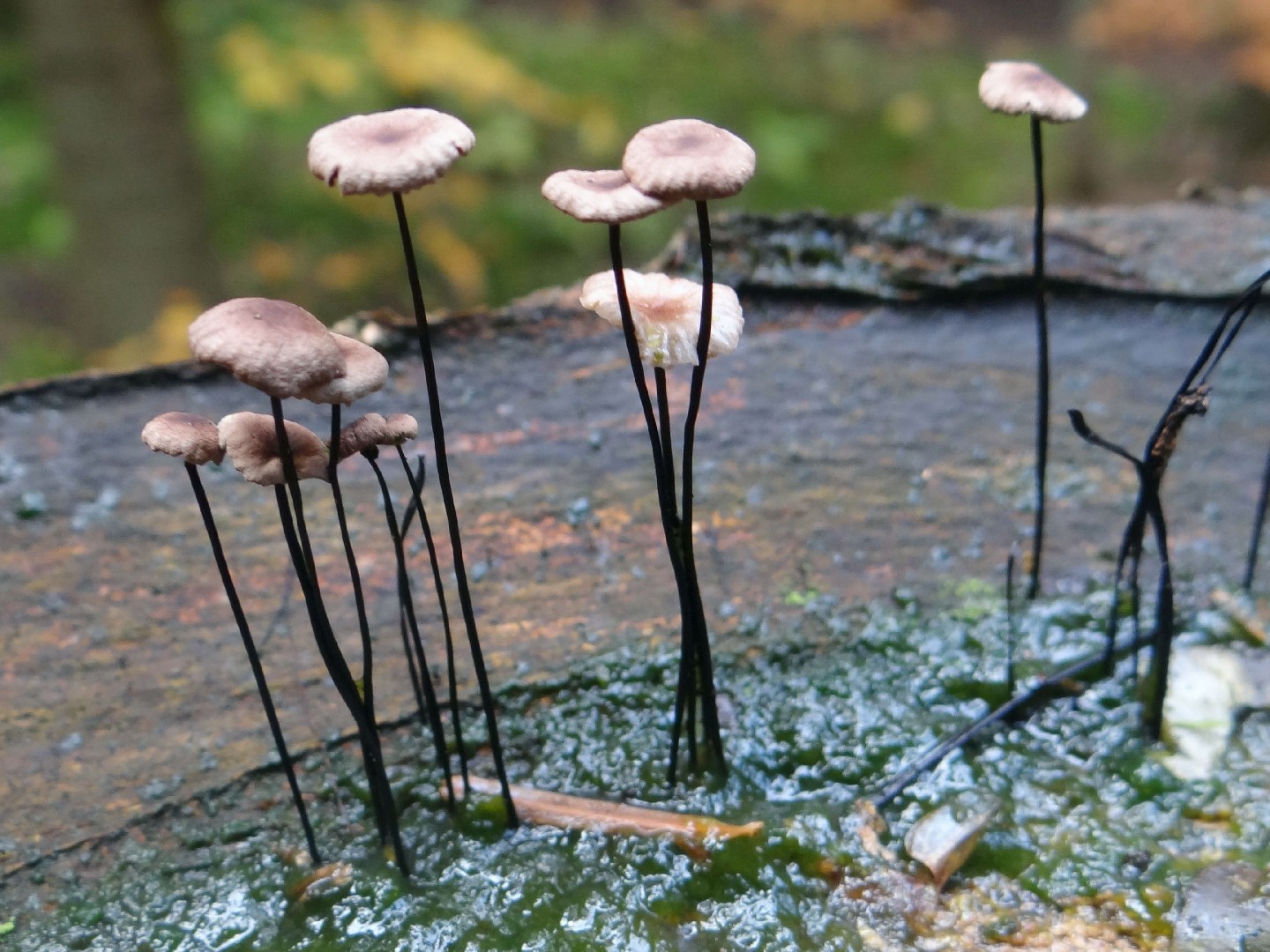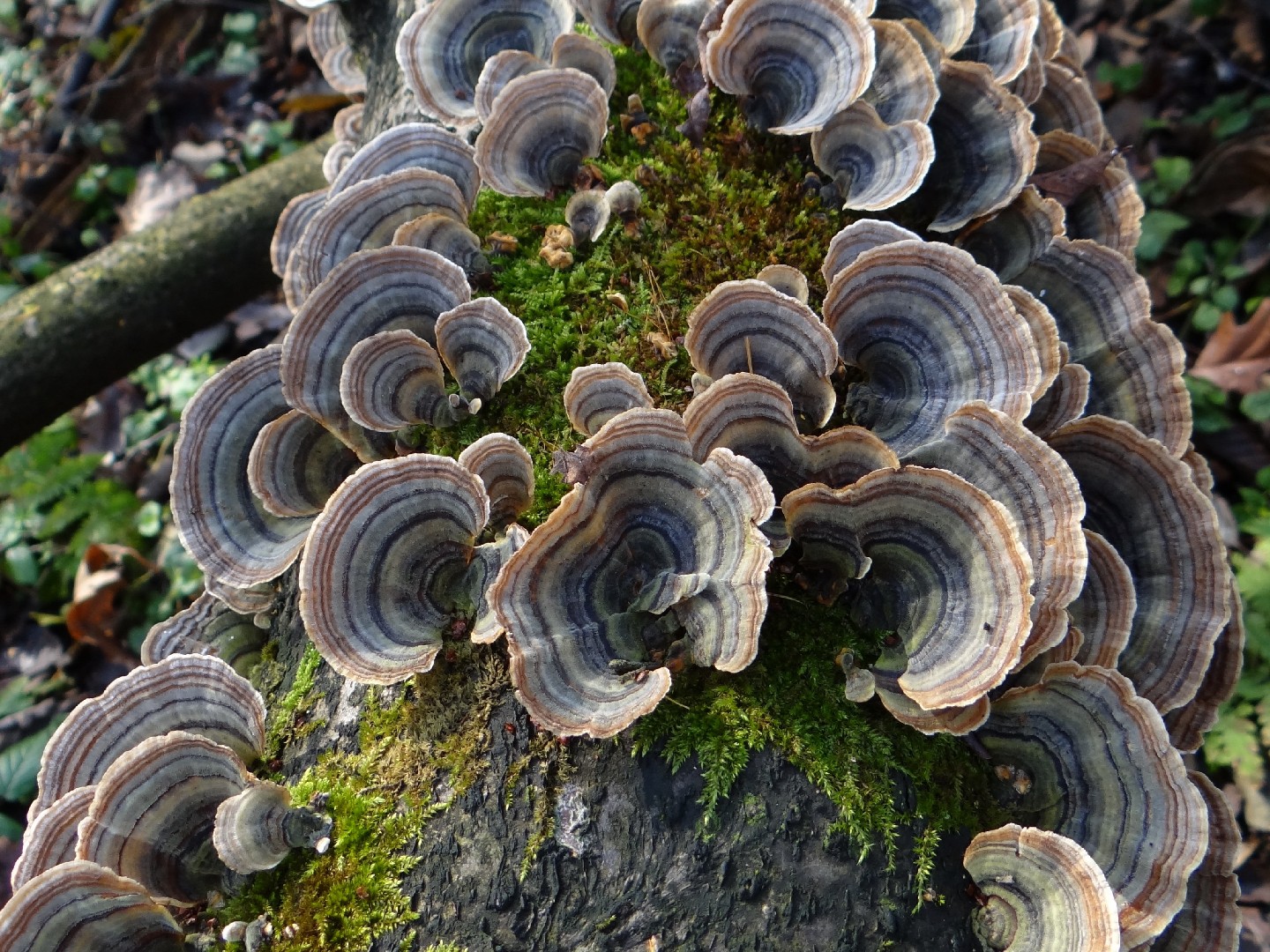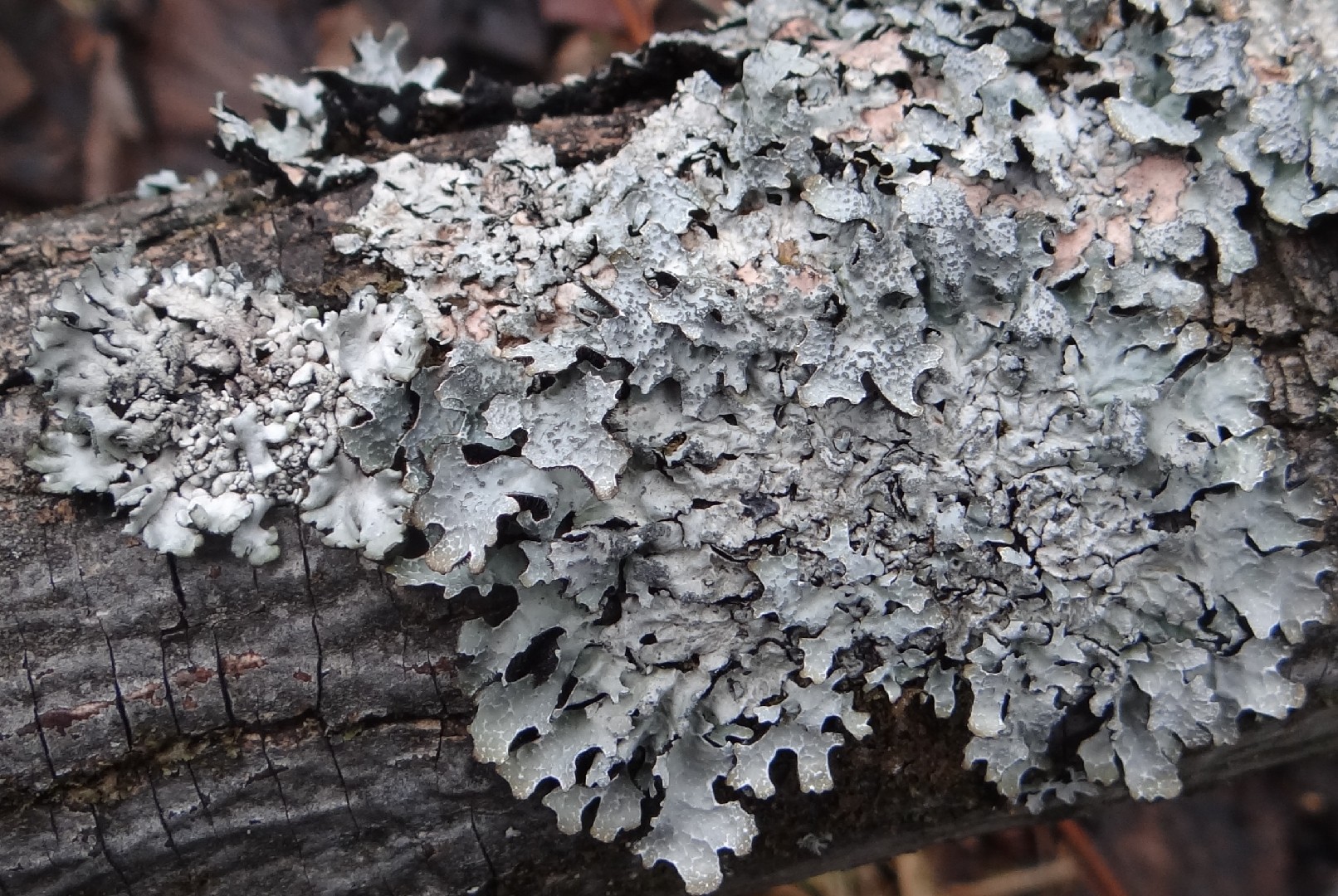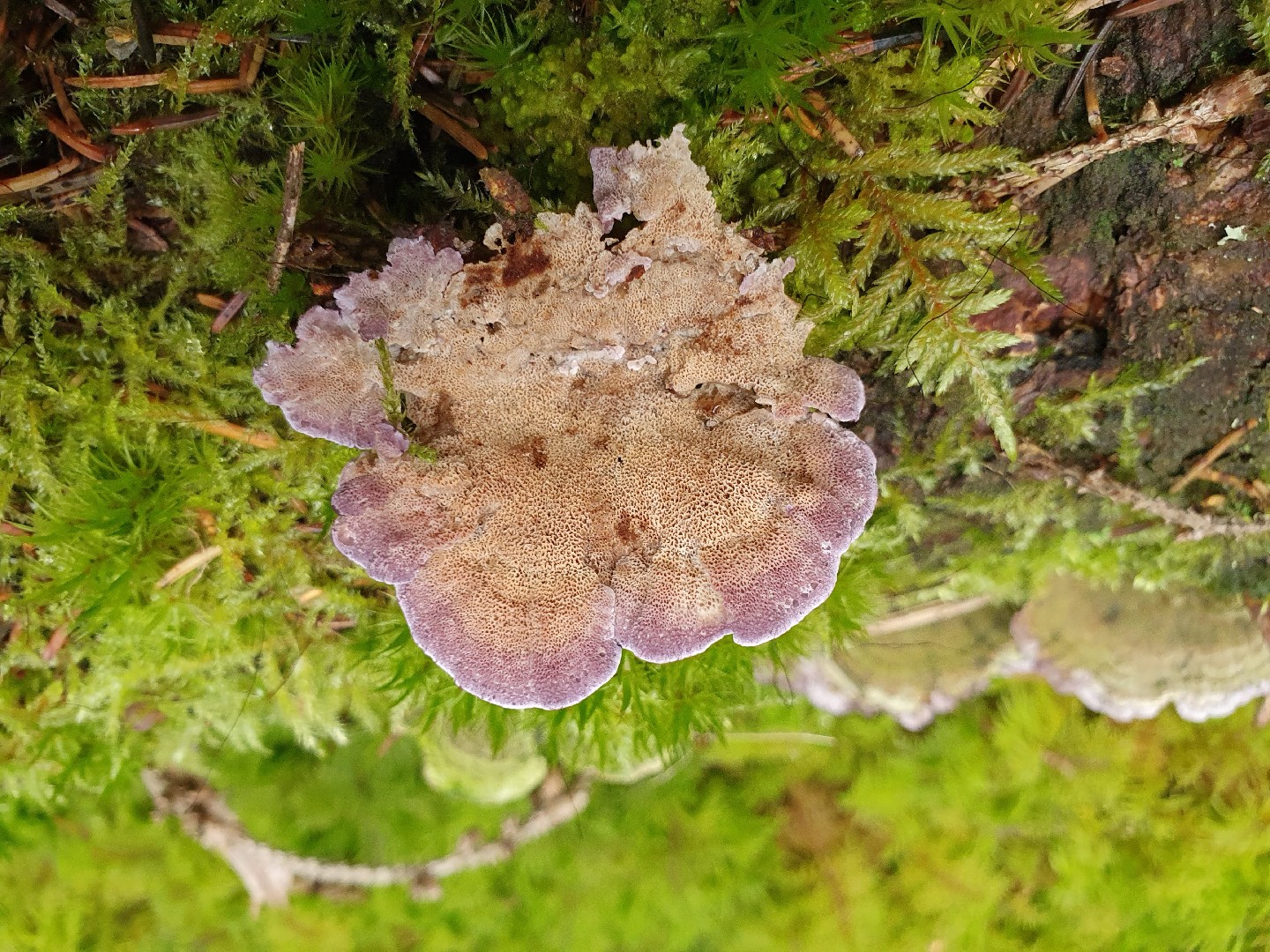Top 20 Most Common Mushrooms in Le Pont-de-Claix
Most Common Mushrooms
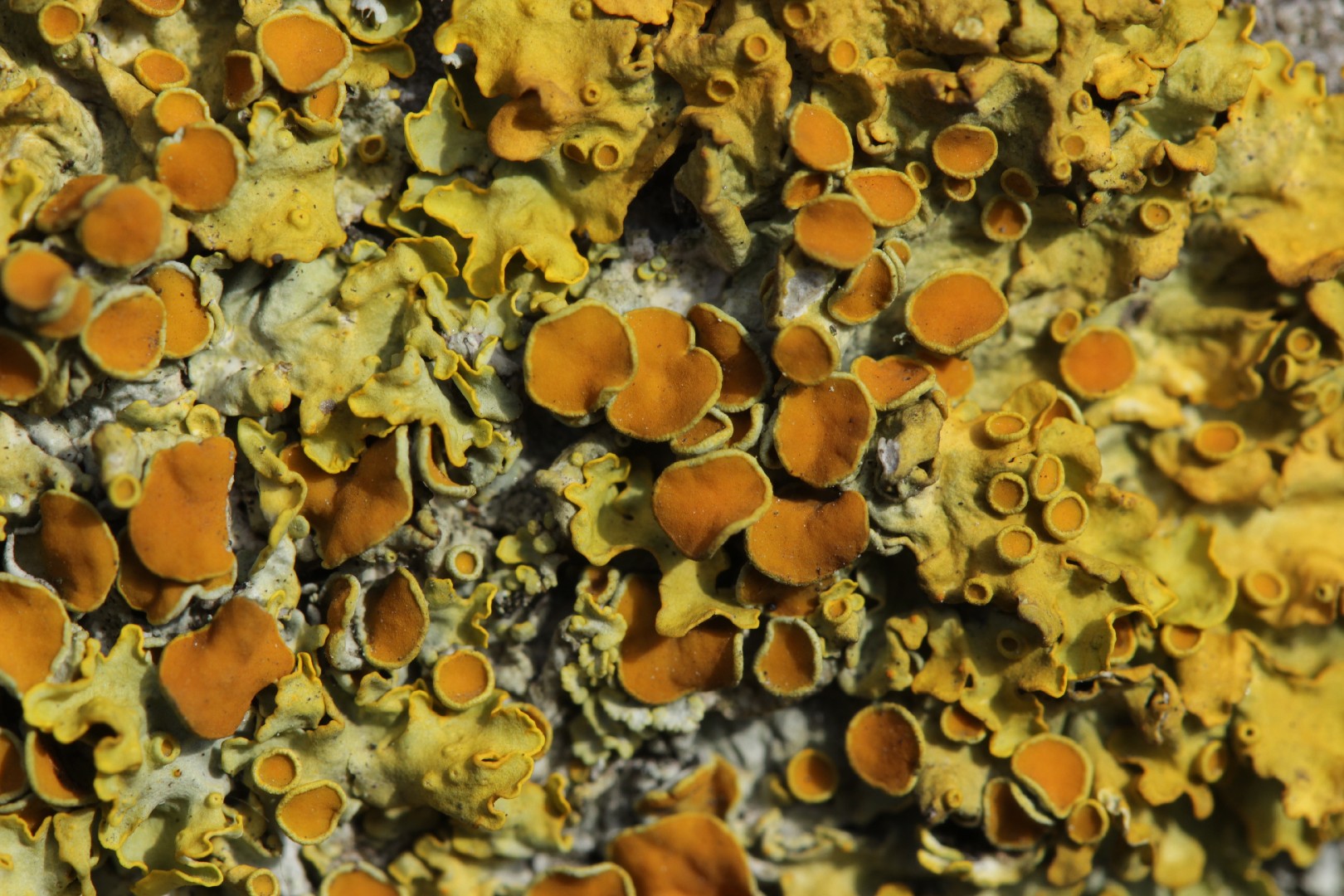
1. Common orange lichen
Common orange lichen was selected in 2006 by the United States Department of Energy as a model for genomic sequencing. Its widespread dispersal and bright yellow-orange color give the lichen its common name. It is primarily found growing on rocks, walls, and tree bark.
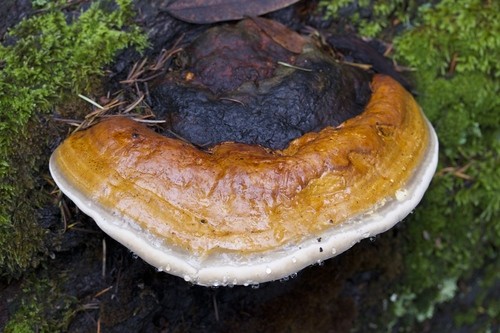
2. Red-belted conk
This bracket or shelf fungus grows for years on both living and dead conifer trees. Its annual growth creates distinctive rings or ridges, with a bright red or orange band separating the old layers from the current growth. Red-belted conk is only a danger to living trees if it colonizes a very deep cut or broken top.
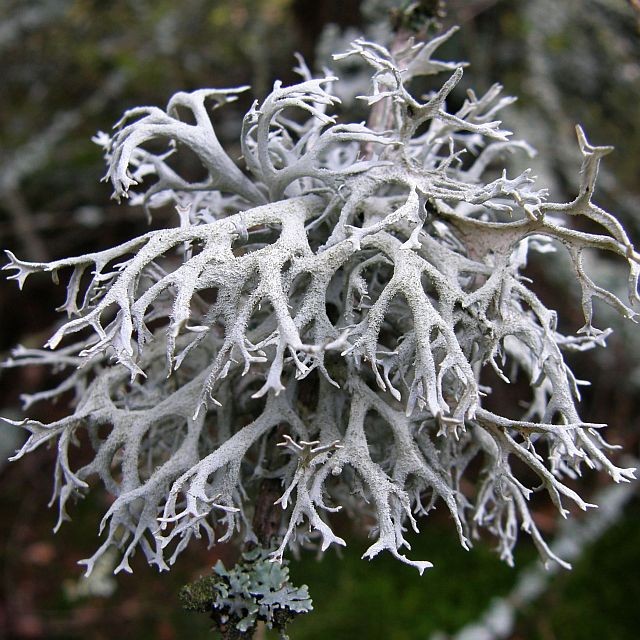
3. Tree moss
Pseudevernia furfuracea is associated with photobionts from the green algae genus Trebouxia. It reproduces asexually by isidia. The ontogeny of isidia development and its role in CO2 gas exchange in P. furfuracea has been investigated. The preferred growing surfaces for P. furfuracea are the so-called "nutrient poor" bark trees, including birch, pine and spruce. The species has two morphologically identical varieties that are distinguished by the secondary metabolites they produce: var. ceratea Zopf. produces olivetoric acid and other physodic acids, while var. furfuracea produces physodic but not olivetoric acid. Some authors (e.g., Hale 1968) have separated the chemotypes at the species level, designating the olivetoric acid-containing specimens as Pseudevernia olivetorina, but more recent literature separates them at the varietal level. 
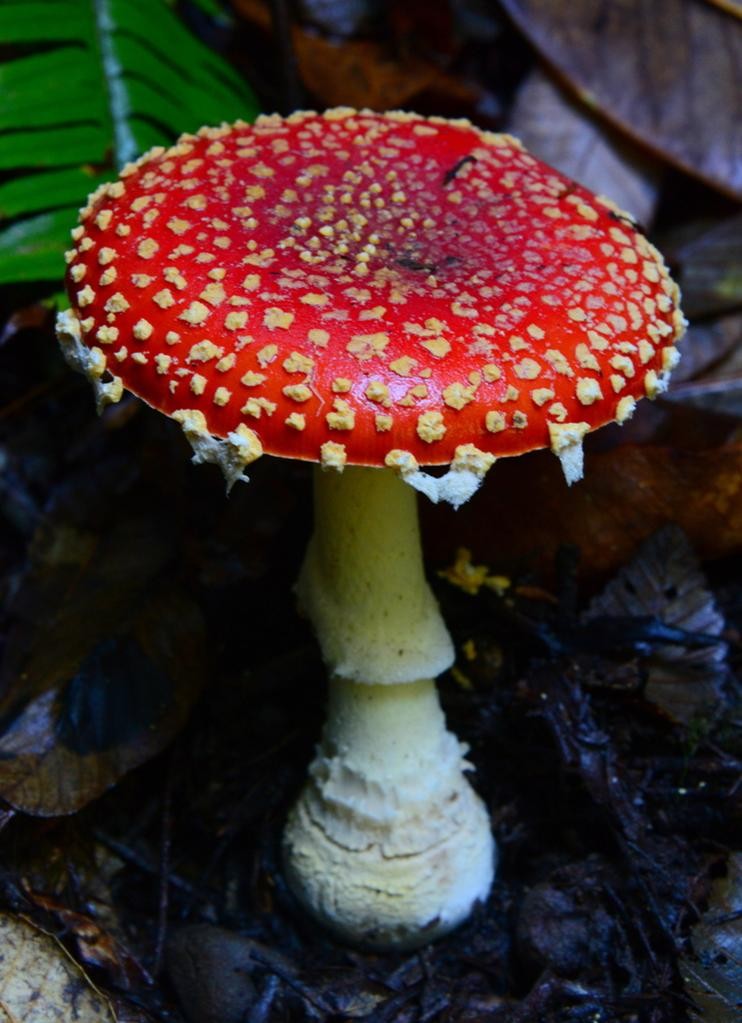
4. Fly agaric
In Northern Asia and Europe, fly agaric grows under trees near the winter solstice and is collected for ritual use tied to the season. Its characteristic shape and coloring are still ubiquitous in many European fairy tale illustrations and Christmas traditions. It is highly toxic.
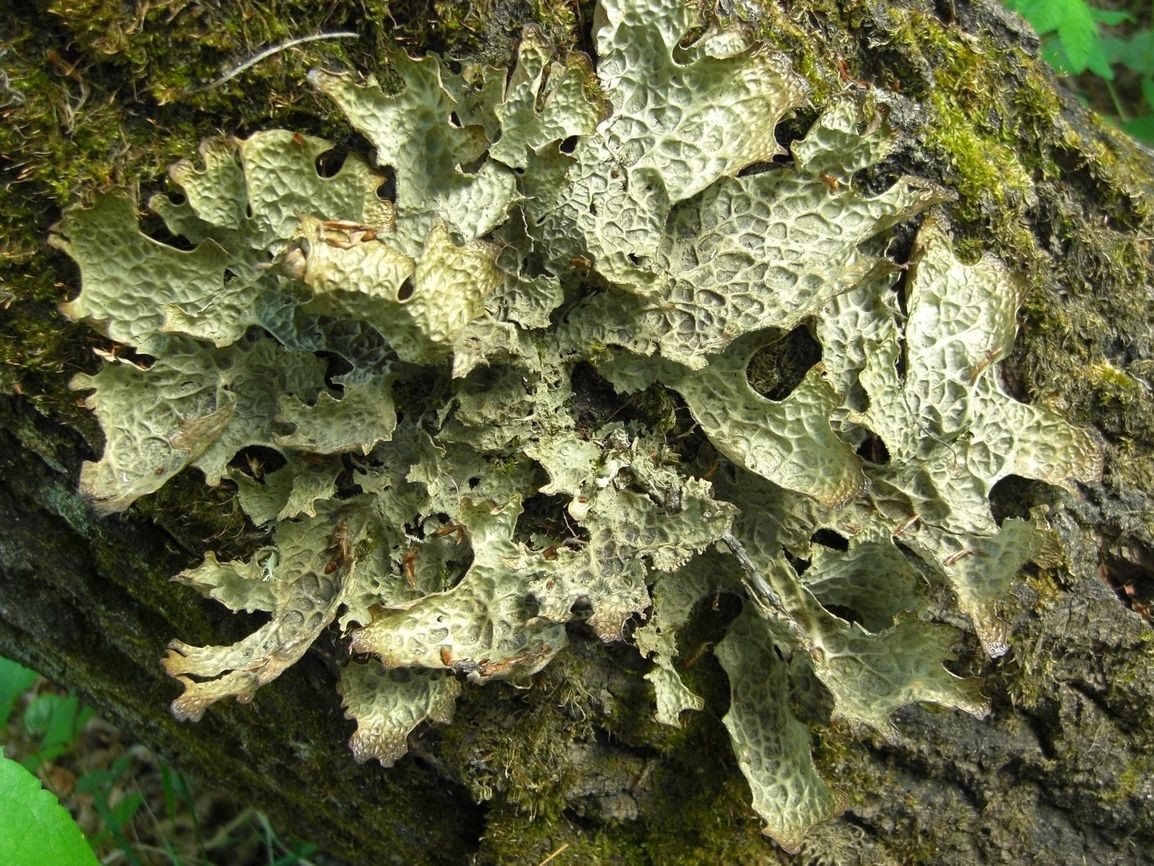
5. Tree lungwort
Tree lungwort is a green lichen that can be found in humid areas of North America, Europe, and Asia. It grows regularly on trees, rocks, and in urban areas rich with moss. It can be used as a dye. Animals may consume tree lungwort or use it as nesting material.
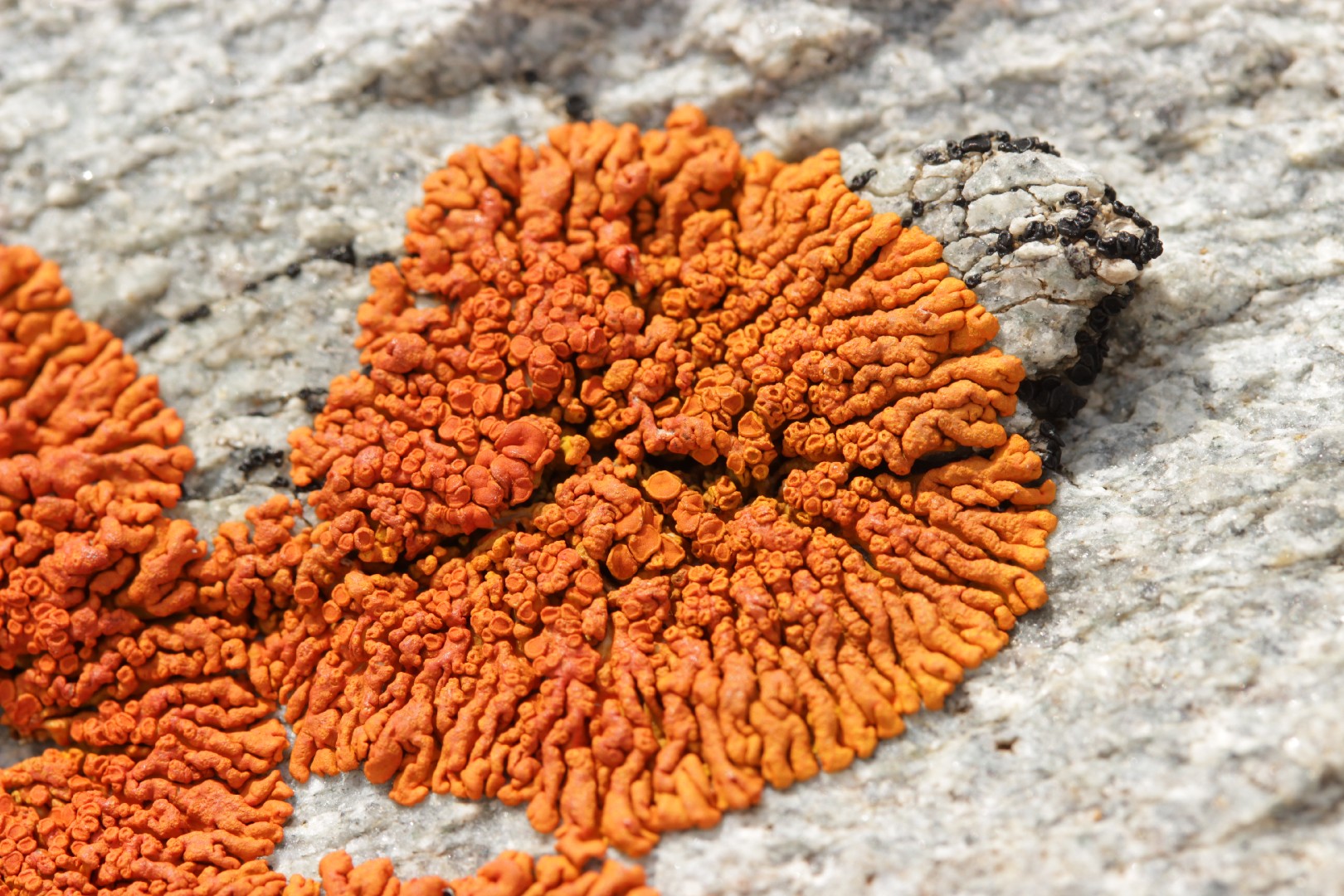
6. Elegant sunburst lichen
The thallus of this lichen is described as foliose, having the aspect of leaves, although the central portions of the thallus may appear nearly crustose. It is small, typically less than 5 cm (2 in) wide, with lobes less than 2 mm (0.08 in) broad, appressed to loosely appressed. The upper surface is some shade of orange while the lower surface is white, corticate, with short, sparse hapters (an attachment structure produced by some lichens). The vegetative propagules called soredia and isidia are absent, although apothecia are common. It has been described as possessing swollen, orange-yellow thalli (in streams), compact orange thalli (on boulders) or dark orange-red thalli on the driest rock faces. The variety X. elegans var. granulifera, characterized by having isidia-like vegetative propagules, has been reported from Greenland and Spitsbergen. 
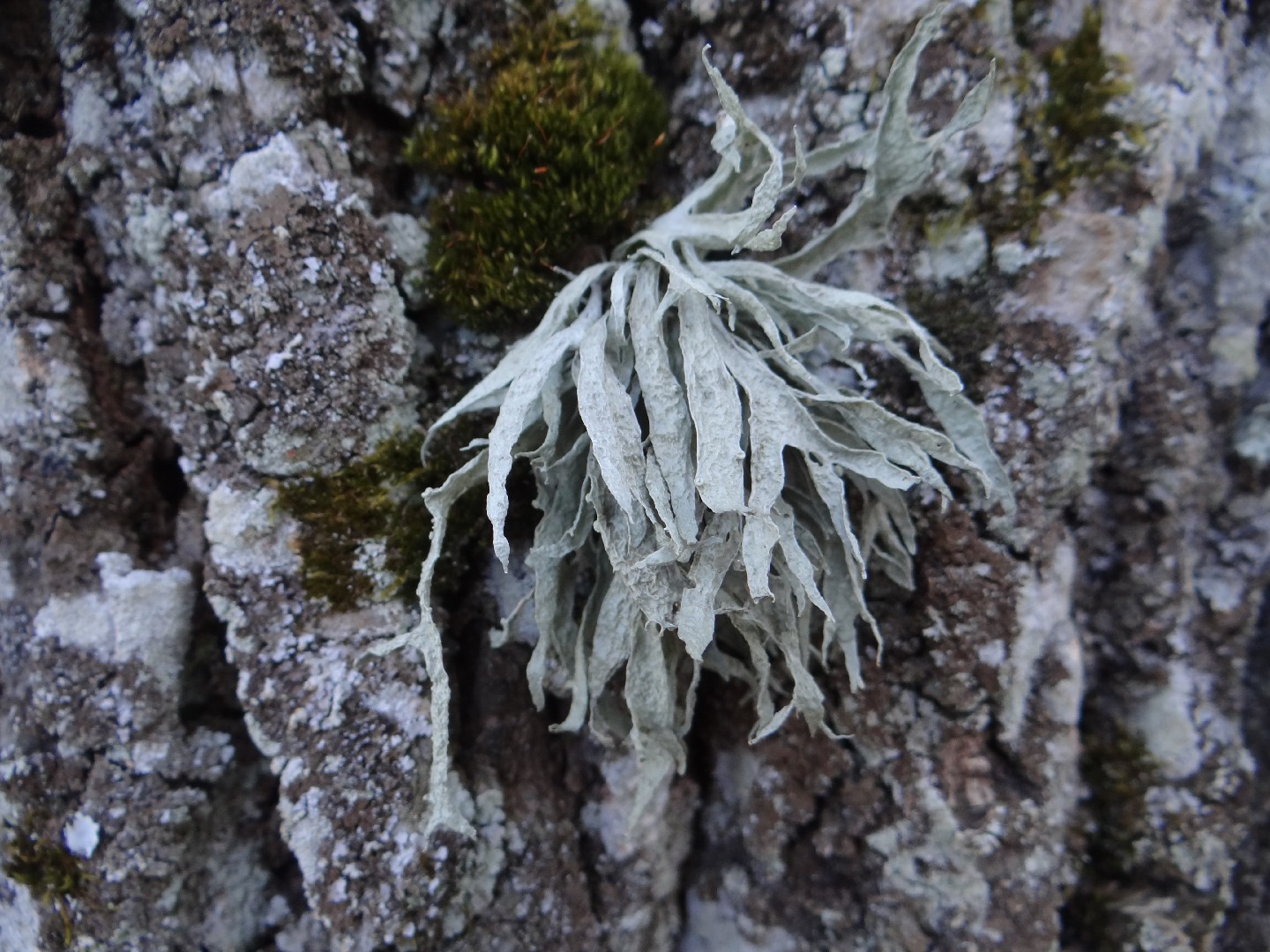
7. Cartilage lichen
Ramalina fraxinea is a shrub lichen, so fused only in one place with the substrate. Their largely rigid bearing sections are gray to yellow-green, flat to gutting, broad band-shaped, between 2 and 25 mm wide and 2 to 20 cm long. Often they are grubby to ribbed. Top and bottom are the same design and colored. The apothecaries, which are common in well-developed specimens, have marginal or surface features, occur on both sides of the lobes, have a diameter of 2 to 10 mm, and are pale yellowish to gray-green. Sorale are missing, small bright Pseudocyphellen however are mostly present.
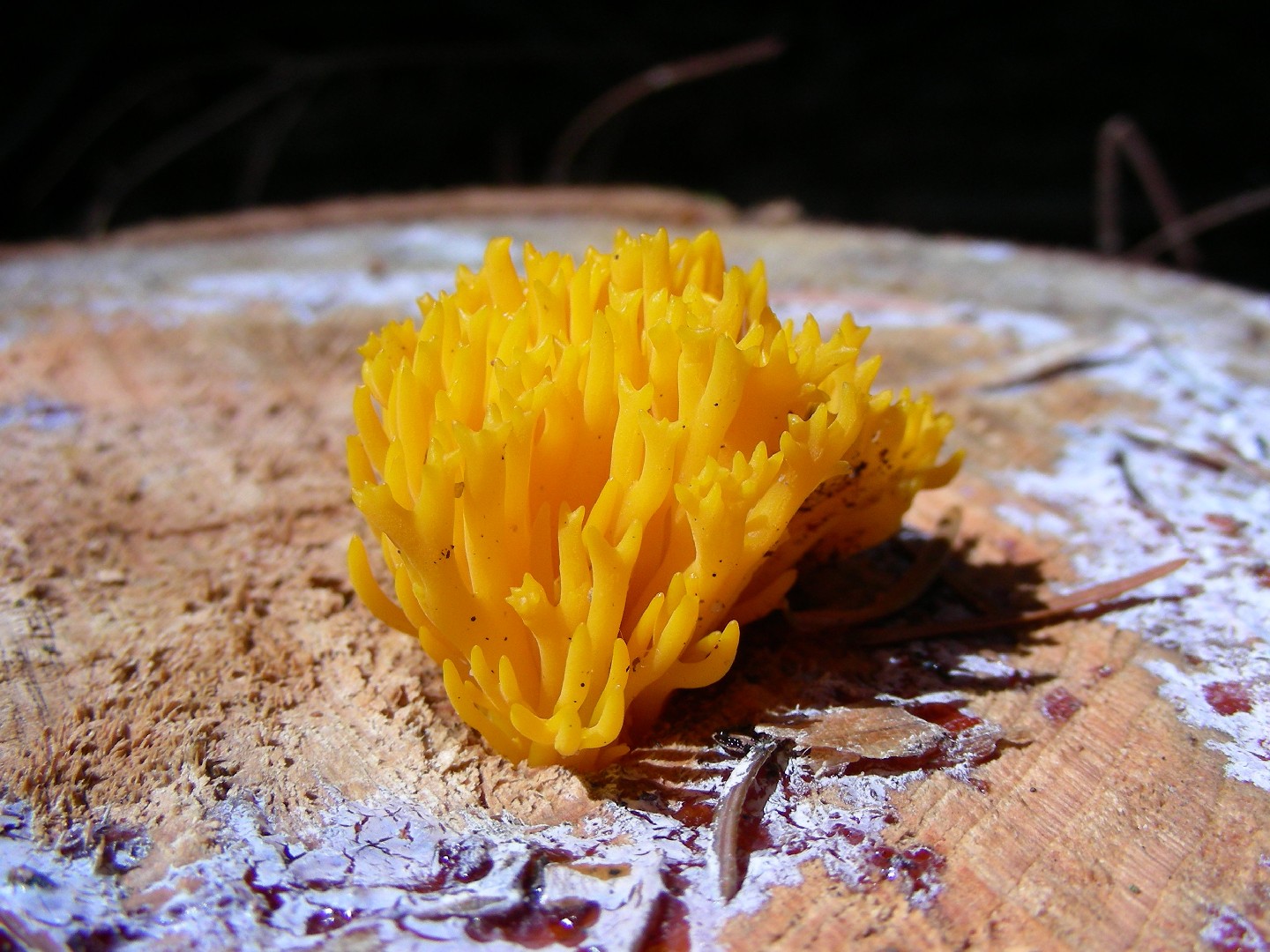
8. Yellow stagshorn
The yellow stagshorn is a brightly colored mushroom, similar to so-called coral mushrooms, but it differs from this group with its greasy texture. It's considered inedible due to its poor taste and gelatinous structure. Besides, it's too small to make a decent meal. It grows in dark parts of the woods.
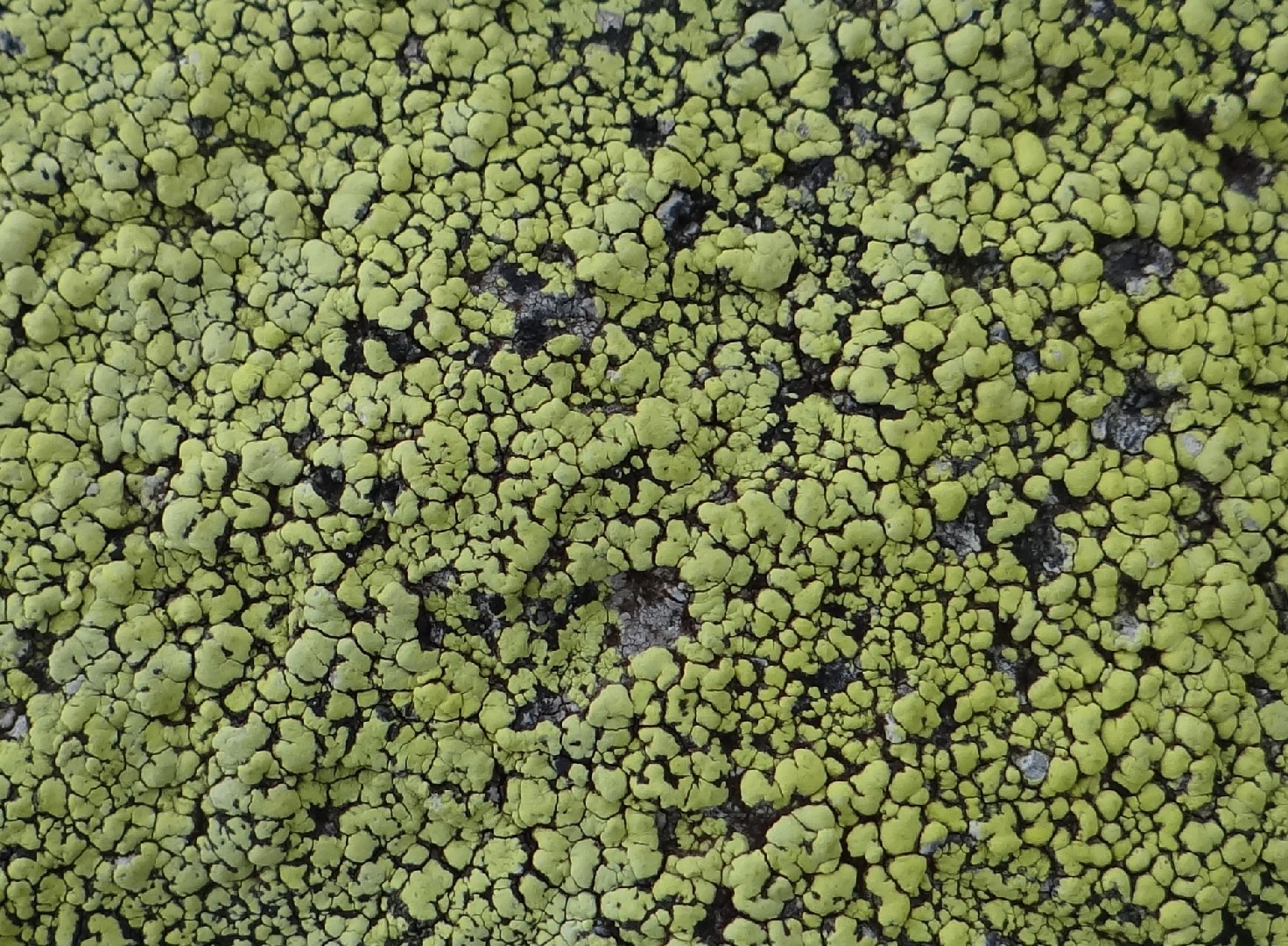
9. Map lichen
The map lichen is a crust lichen, the thallus lies close to the ground or grows through it. The species is bright yellow to olive green. It can cover large areas on stones. The lichen is divided into small angular fields, which are separated by a black border and pull through the lichen body. At the edge of the fields black edged fruiting bodies are sunk. The appearance of this structure is reminiscent of geographically separated areas on a map. Like many lichens, it has extremely slow growth. It grows depending on the location per year only 0.25-0.6 mm radially outward. It can reach an age of over 1,000 years and can be used to date the decline of glaciers. If the growth rate at a location is known, the last ice cover can be calculated from the largest specimens.
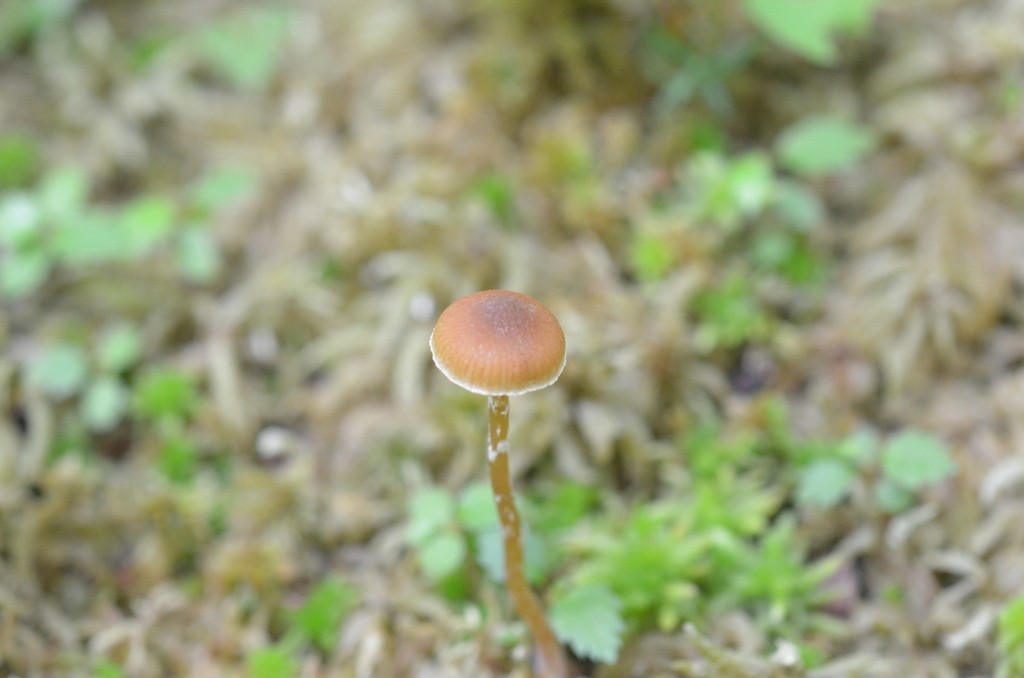
10. Bog bell
More
